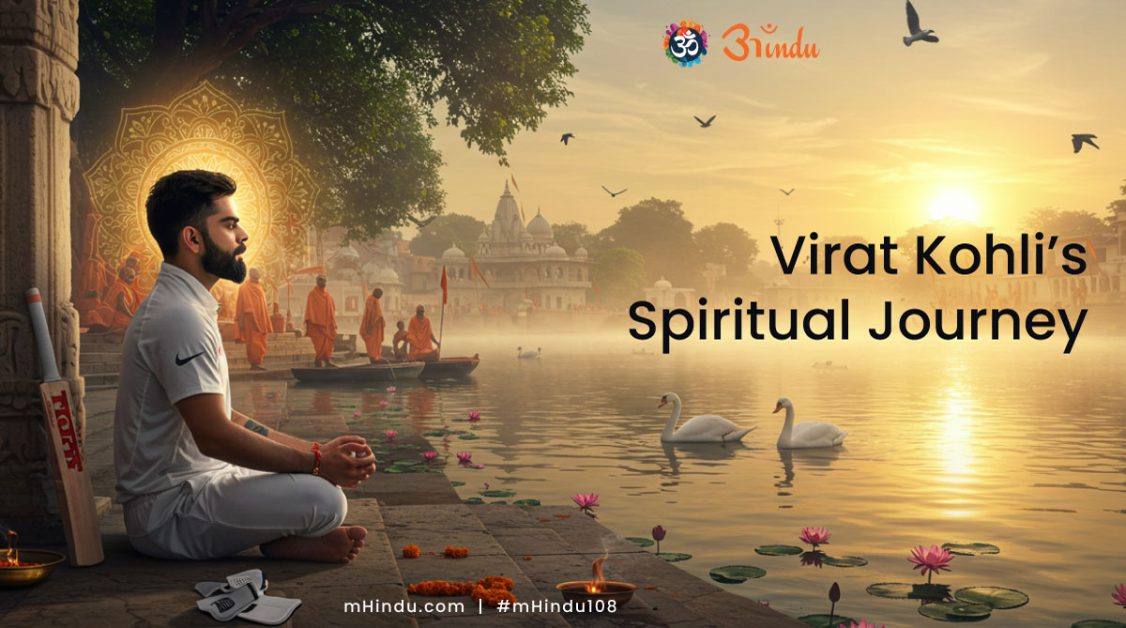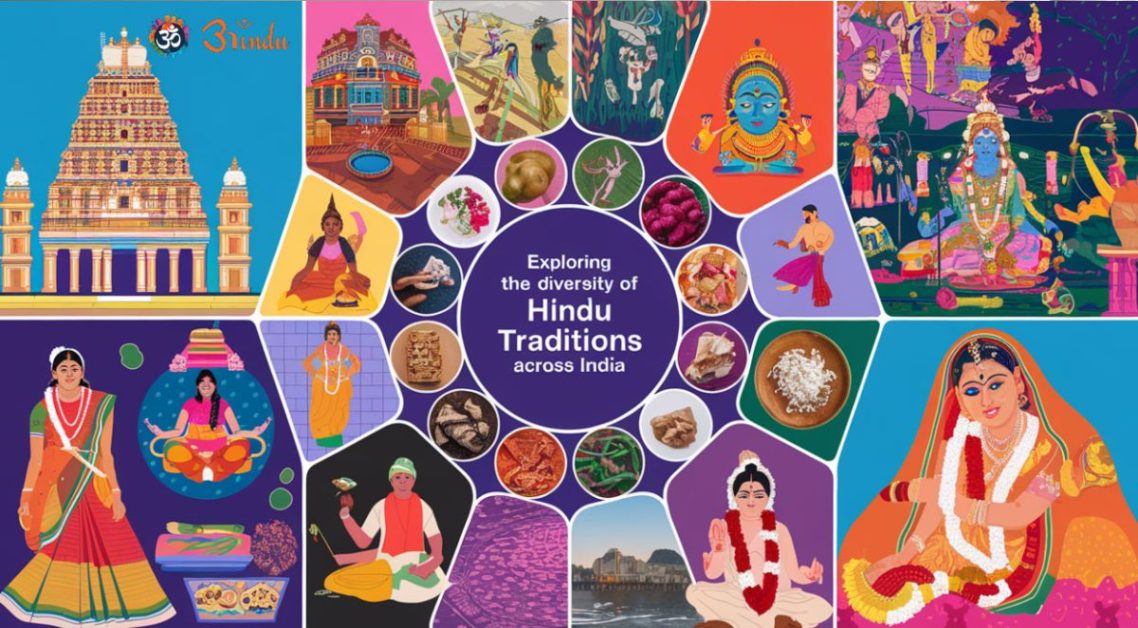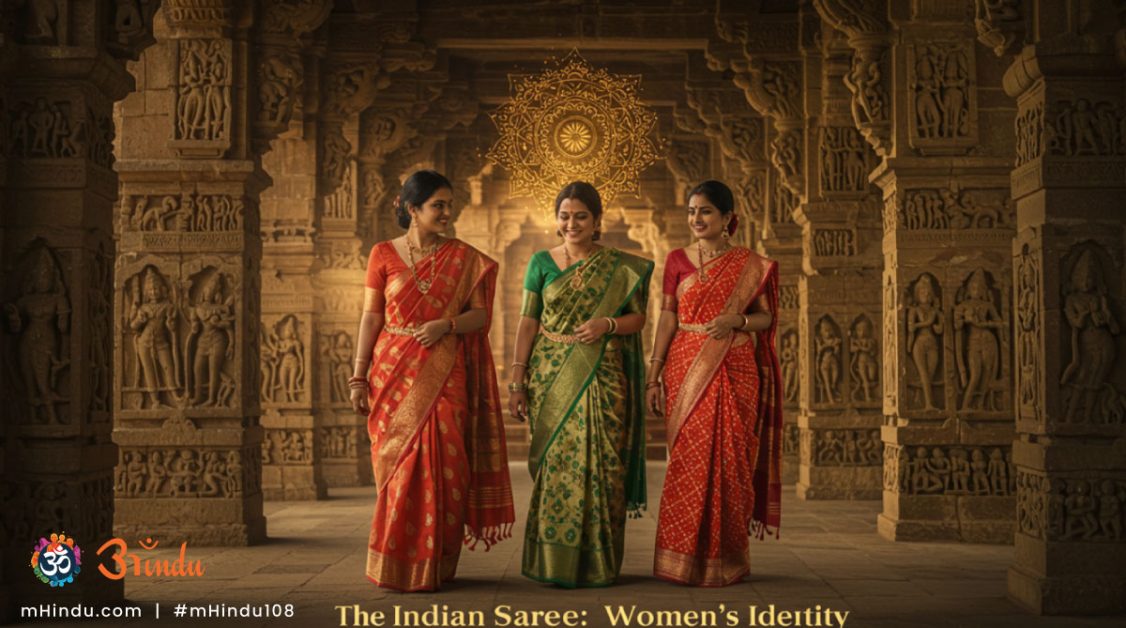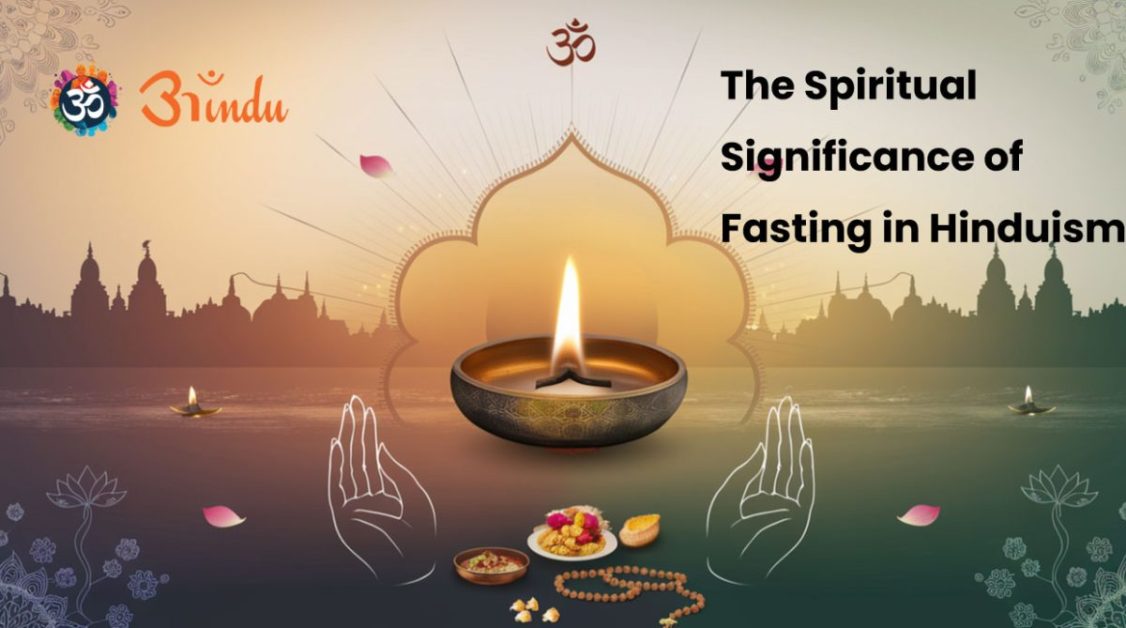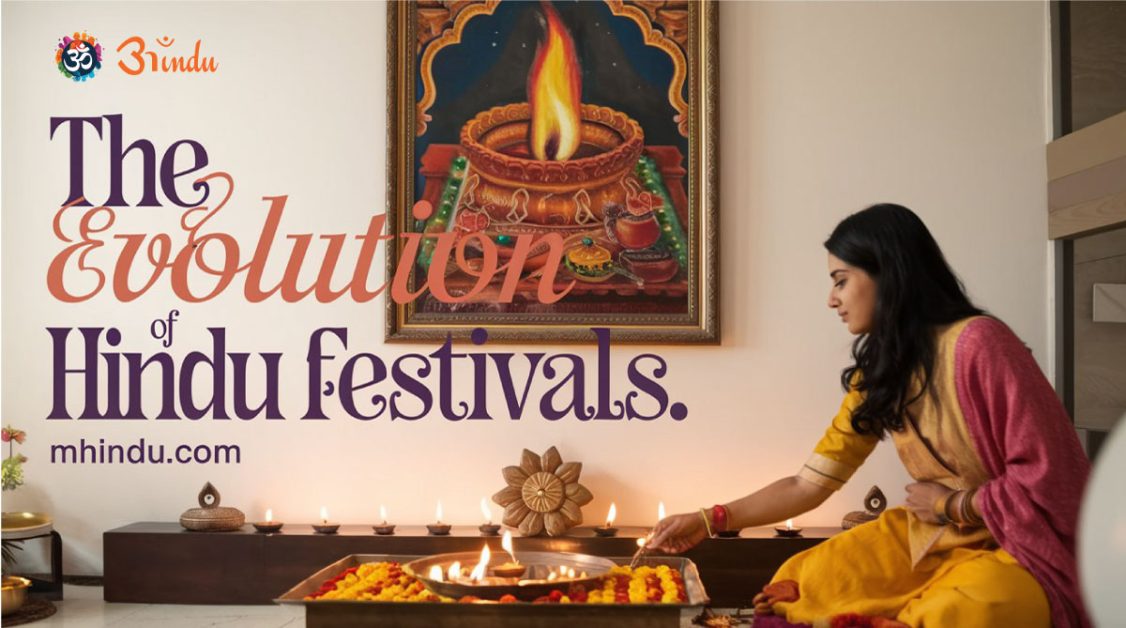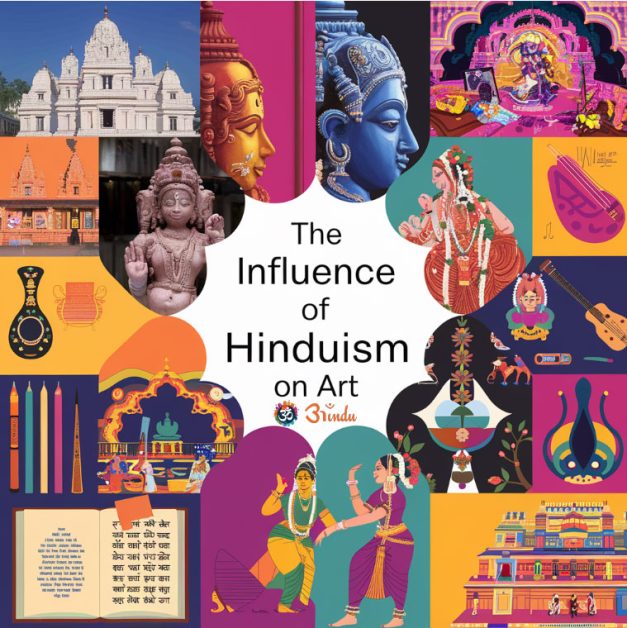
Imagine a world without the majestic temples of Angkor Wat, the intricate dance forms of Bharatanatyam, or the vibrant colors of Holi. It’s hard to picture, isn’t it? These are just a few examples of how Hinduism, one of the world’s oldest religions, has profoundly shaped art and culture across the globe. Its influence permeates various forms of creative expression, from ancient architecture and sculpture to contemporary music and literature. This blog explores the multifaceted influence of Hinduism on art and culture, delving into its rich symbolism, philosophical underpinnings, and enduring legacy.
Explore Blog Content
ToggleA Tapestry of Traditions: Hinduism and its Cultural Expressions
Hinduism, with its diverse pantheon of deities, philosophical schools, and rich mythology, has served as a fertile ground for artistic inspiration for millennia. Its influence is not confined to religious art but extends to various aspects of cultural expression, including dance, music, literature, theatre, and even culinary traditions. This blog explores how Hindu philosophy, mythology, and rituals have shaped these artistic and cultural manifestations.
Architecture: Temples as Testaments of Faith
Hindu temple architecture is a remarkable example of the religion’s influence on art. These sacred spaces, often adorned with intricate carvings and sculptures, are not merely places of worship but also architectural marvels. The towering gopurams of South Indian temples, the majestic shikharas of North Indian temples, and the rock-cut caves of Ajanta and Ellora stand as testaments to the ingenuity and artistic skills of generations of artisans. The Vastu Shastras, ancient Indian architectural texts, have guided the design and construction of these temples, ensuring harmony with nature and cosmic principles. The symbolism embedded in the architecture, from the placement of deities to the geometric patterns, reflects the Hindu worldview and cosmology.
"The true purpose of art is to elevate the consciousness of humanity."Rabindranath Tagore
Sculpture: Deities Carved in Stone
Hindu sculpture is characterized by its intricate detail, symbolic representations, and vibrant depictions of deities, celestial beings, and mythological events. From the graceful statues of Nataraja, the dancing Shiva, to the serene images of Buddha (who is considered an avatar of Vishnu in some Hindu traditions), Hindu sculpture captures the essence of spiritual concepts in tangible forms. These sculptures are not just aesthetic objects but also serve as focal points for devotion and meditation, embodying the divine presence. The use of mudras (hand gestures) and asanas (postures) in these sculptures conveys specific meanings and narratives, enriching the visual experience.
Painting: Colors of Devotion
Hindu painting traditions, from the ancient murals of Ajanta and Ellora to the vibrant miniature paintings of Rajasthan and the folk art of Madhubani, showcase the diverse artistic styles and techniques that have flourished under Hindu patronage. These paintings often depict scenes from Hindu epics like the Ramayana and the Mahabharata, as well as images of gods and goddesses. The use of color is particularly significant in Hindu painting, with each color symbolizing specific qualities and emotions. For instance, yellow is associated with knowledge and wisdom, while blue represents infinity and the divine. The paintings serve not only as visual narratives but also as aids for contemplation and spiritual practice.
Dance: The Divine Expression of Movement
Dance is an integral part of Hindu culture, often performed as a form of worship, storytelling, and celebration. Classical Indian dance forms like Bharatanatyam, Kathak, Odissi, and Kuchipudi have evolved over centuries, drawing inspiration from Hindu mythology, philosophy, and aesthetics. These dance forms are characterized by their intricate movements, expressive gestures, and elaborate costumes. They narrate stories of gods and goddesses, depict scenes from epics, and convey spiritual messages. The use of mudras, facial expressions, and rhythmic footwork adds depth and meaning to the performances, making them a powerful form of artistic and spiritual expression.
Music: The Sounds of the Soul
Music plays a vital role in Hindu religious ceremonies, festivals, and social gatherings. From the chanting of mantras and hymns to the performance of classical ragas and talas, music is believed to have the power to evoke emotions, create a spiritual atmosphere, and connect with the divine. Indian classical music, with its rich melodic and rhythmic structures, is deeply rooted in Hindu traditions. The use of instruments like the sitar, tabla, and veena, along with the vocal renditions of ragas, creates a mesmerizing and immersive musical experience. Folk music traditions across India also reflect the influence of Hinduism, with devotional songs and bhajans being an integral part of community life.
Literature: Epics and Philosophical Texts
Hindu literature is vast and diverse, encompassing a wide range of genres, from epic poems and philosophical treatises to devotional hymns and folk tales. The Ramayana and the Mahabharata, two of the most famous Hindu epics, have inspired countless works of art and literature across the globe. These epic narratives, filled with tales of gods, heroes, and moral dilemmas, explore themes of dharma, karma, and the human condition. Philosophical texts like the Vedas, the Upanishads, and the Bhagavad Gita delve into the nature of reality, the self, and the path to liberation, providing profound insights into Hindu philosophy and spirituality. These literary works have not only shaped Hindu culture but have also influenced the development of literature and thought in other parts of the world.
"India is the cradle of the human race, the birthplace of the Vedas, the land of the spirit and the exquisite land of the noble arts."Mark Twain
Theatre: Narratives on Stage
Traditional Indian theatre forms, like Ramlila and Raslila, often depict scenes from Hindu epics and mythological stories. These theatrical performances, which often involve music, dance, and elaborate costumes, serve as a means of educating and entertaining audiences while also reinforcing religious and cultural values. The use of masks, puppets, and shadow puppets in some forms of Indian theatre adds another layer of artistic expression to the storytelling. These theatrical traditions have played a significant role in preserving and transmitting Hindu cultural heritage across generations.
Festivals: Celebrations of Faith and Culture
Hindu festivals are vibrant and joyous occasions that celebrate various aspects of faith, mythology, and seasonal changes. From Diwali, the festival of lights, to Holi, the festival of colors, these celebrations bring communities together, fostering a sense of unity and shared identity. Festivals often involve religious ceremonies, processions, music, dance, and traditional food, providing a platform for artistic expression and cultural exchange. They serve as a reminder of the rich tapestry of Hindu traditions and their enduring influence on Indian society.
The Global Impact of Hindu Art and Culture
The influence of Hinduism on art and culture extends far beyond the borders of India. From the ancient temples of Southeast Asia to the contemporary art scene in the West, Hindu artistic and philosophical concepts have permeated various cultures and artistic movements. The principles of yoga and meditation, derived from Hindu traditions, have gained global popularity, influencing health and wellness practices worldwide. The philosophical insights of the Bhagavad Gita and the Upanishads have inspired thinkers and writers across the globe. The vibrant colors, intricate designs, and spiritual symbolism of Hindu art have captivated audiences and artists alike, contributing to the richness and diversity of global art and culture.


